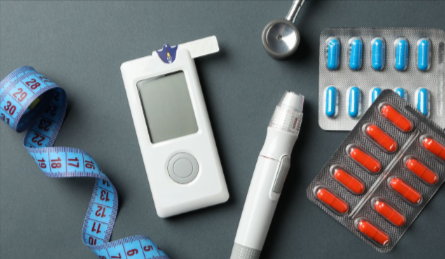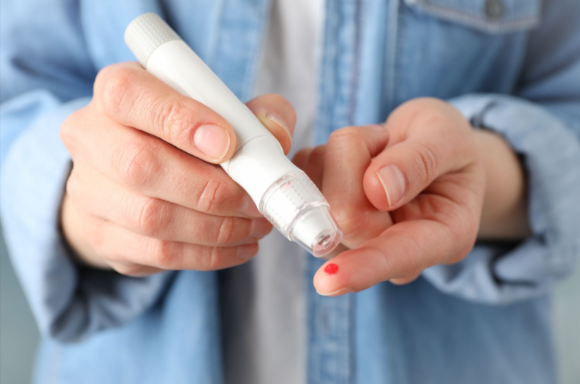The amount of sugar in a person’s blood at any particular time is known as blood glucose levels or blood sugar levels. It is a health condition that needs medical care and could be indicated by low or high blood sugar levels.
You can consume glucose as a sugar in food and beverages which means that your blood sugar levels vary during the course of the day, but for those who have diabetes, these changes are more pronounced and occur more frequently.
Normal Blood Sugar Levels
People’s blood sugar levels can be normal, high, or low. Diabetics’ normal blood sugar levels change depending on their age and the time of day. Different types of food consumed affect blood sugar levels as blood sugar will rise more quickly after a meal high in carbohydrates (such as cereal and waffles) than after a meal packed with carbohydrates, fat, and protein. Following a meal, blood sugar levels will increase; however, they will begin to go back to normal in a few hours.

Children below the age of 6 with diabetes – Blood sugar levels usually vary from roughly 80 to 200 mg/dL per day. This is considered a safe range, and the levels of sugar in a child’s body will rise or fall from the moment they wake up until after they’ve eaten meals, and again before night.
Children between the ages of 6 and 12 with diabetes – Blood sugar levels should range from 80 to 180 mg/dL throughout the day.
Teenages between the ages of 13 and 19 with diabetes – Blood sugar levels for teenagers should range from 70 to 150 mg/dL on average throughout the day. The teenage years are usually the most challenging for those with diabetes to manage because treating diabetes demands a lot of responsibility, in addition to the hormonal component they each have.
Adults 20+ years of age with diabetes – When you are fasting, your blood sugar levels should be lower than 100 mg/dL; before meals, they should be between 70 and 130 mg/dL; one to two hours after eating, the sugar level should be lower than 180 mg/dL; and at night, they should be between 100 and 140 mg/dL.
Symptoms of High Blood Sugar
High blood sugar, also known as hyperglycemia, is when the body can’t use insulin properly or doesn’t produce enough of it. High blood sugar levels can result from a variety of factors, including Type 1 or Type 2 diabetes, anxiety, or sickness.
Exhaustion, thirst or hunger, frequent urination, loss of weight, headaches, blurry vision, and difficulties concentrating are some of the most typical symptoms that may point to high blood sugar.
If left untreated, the symptoms will worsen. You may then experience abdominal pain fast, deep breathing, nausea, vomiting, tiredness, fruity breath, and in rare instances, vision loss.

Two Ways To Lower Blood Sugar Levels

Walking – Walking is an effective form of exercise that helps lower your blood sugar. It might seem logical that working out more intensely would have a greater impact on lowering blood sugar, but this is usually not the case because for some people intense exercise can trigger a stress reaction in the body that causes blood sugar to rise.

Drinking water – Feeling thirsty is a sign of hyperglycemia, so you should probably be drinking lots of water anyhow. This helps to flush out extra sugar. But be careful not to drink too much water quickly because this can result in water intoxication.
At ValleyRidge Pharmacy, our pharmacists are qualified to answer your questions and inform you what to do if you are experiencing hyperglycemia or think you might. They can assist you in identifying the source of your high blood sugar level and in lowering them to a safe range.
Visit our website for more information and give us a call to help you lead a healthier life!
